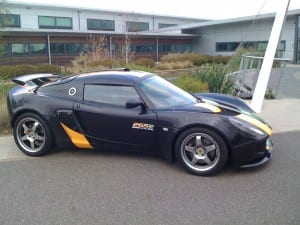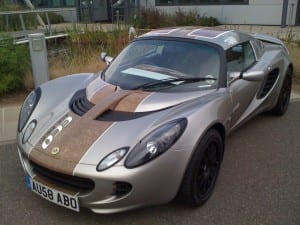We’re kicking off the EU FP7 project – MAAT Multibody Advanced Airship for Transport kicks on 1st September 2011. Here are some of the participants in the project, from Logistic Network Consultants GmbH Germany
Organization: Logistic Network Consultants GmbH Germany Short name: LNC
General Description
Logistic Network Consultants GmbH (LNC) was established in 1998 and is an independently, internationally operating consulting company addressing the logistics and mobility sector. The company stands for logistic net- works as well as for consulting projects. Logistics connects by nature and requires strong and efficient nodes for the realization of innovative logistics solutions. Therefore, LNC‘s network philosophy is the basis for its activi- ties. These networks allow a transfer of know-how and offer a maximum of competence and market knowledge. This knowledge provides the basis for the realization of joint projects. LNC offers advisory services in order to develop and promote logistic locations. LNC also works on the optimization of logistic systems and transport chains. The company‘s portfolio includes marketing and sales measures by means of fairs and events.
Main related expertise
Stefan Schröder, Role in organization: CEO of LNC and responsible project manager of the Niedersachsen Lo- gistics and the Niedersachsen Aviation initiative on behalf of the Ministry for Economics, Labour and Transport of Niedersachsen. This way, he is closely linked with the logistics service providers and carriers. He carried out several R&D projects and consultancy projects at various levels, e.g. the Freight Transport and Logistics Master- plan on behalf of the Federal Ministry of Transport, Building and Urban Development.
Michael Kuchenbecker, Role in organization: Senior consultant and authorized representative. In LNC he is responsible for R&D in logistics and the Logistic Network (of LNC). He participated in EU project such as MOSES as sub project leader. Michael Kuchenbecker studied from October 1991 to November 1996 spatial planning at the University of Dortmund, Faculty of Spatial Planning. The qualification awarded was the Diploma Ingenieur (Equivalent to Master of Sciences). From 1997-2007 Michael Kuchenbecker worked as a scientific employee in the department of transportation logistics of the Fraunhofer Institute of Material flow and Logistics. Since 2003 he was also branch manager of the Fraunhofer Transport Alliance which comprises 20 Fraunhofer Institutes performing transport related research.
Lars Günsel, Role in organization: Consultant; Lars Günsel is staff member of LNC since 2007. Having finished his studies in English and German Linguistics (M.A.), Lars Günsel worked as press officer for Hannover Airport from 1998 to 2004. He then worked for the Airports Real Estate Department (with experience in International Affairs). At the same time he qualified as a Real Estate Manager. At LNC, he is in charge of a nation-wide active network called „Logistics Network‟. He is also committed to marketing as well as to Public Relations, Customer Relations and New Media.
Marie-Louise Seifert, Role in organization: Consultant; Marie-Louise Seifert is staff member of LNC since 2009 and works within different logistical consultancy projects. She studied economic-geography with the main focus on regional economic development at the University of Aachen. The qualification awarded was the Magis- ter Artium. After her studies she spent over half a year at the Hamburg Airport.


